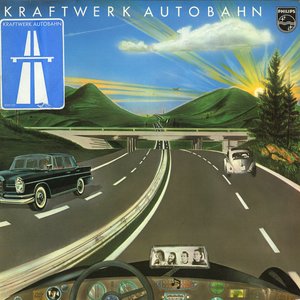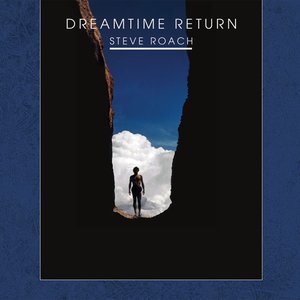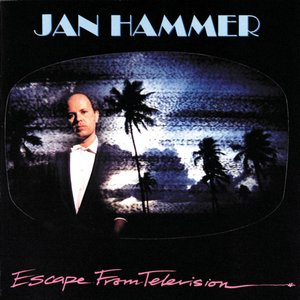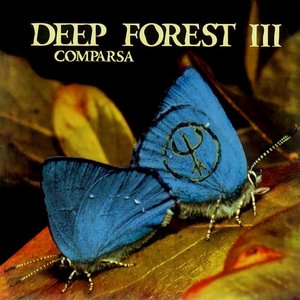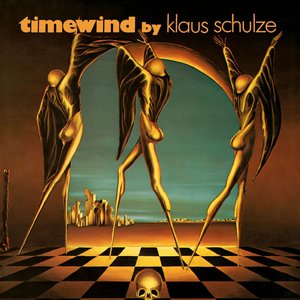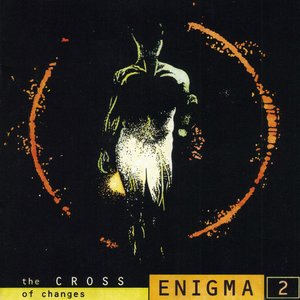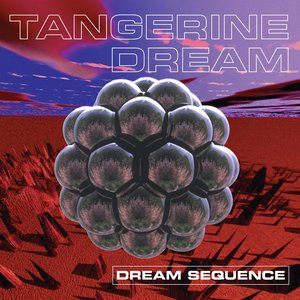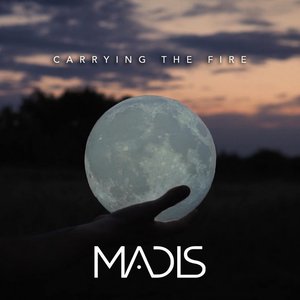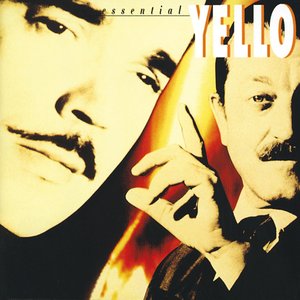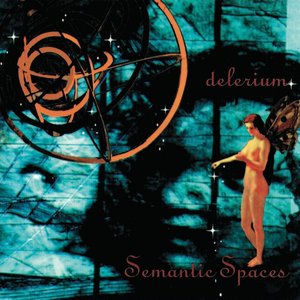Wiki
-
Release Date
1993
-
Length
8 tracks
Chronologie (English: "chronology" – some later reissues use the English spelling) is the eleventh studio album by French electronic musician and composer Jean-Michel Jarre, and was released on Disques Dreyfus (with license to Polydor) in 1993. It is inspired by Stephen Hawking's book A Brief History of Time. "Chronologie Part 4" and "Chronologie Part 5" started out as a composition for the Swiss watch company Swatch. The sound of Chronologie was based on a new wave of electronic dance music that had been developing since the late 1980s. Like Jarre's previous album Waiting for Cousteau, Chronologie charted at Number 11 in the UK charts. The album cover art was created by long-time collaborator Michel Granger.
Overview
In 1993, Jarre released Chronologie, an album influenced by the techno-music scene. From a technical standpoint, the album is a reversion to a concept seen in Jarre's Oxygène/Équinoxe period, where a grandiose overture precedes more rhythmic sections. The album features Jarre's traditional collection of instruments like the ARP 2600 and Minimoog, as well as newer synthesisers such as the Roland JD-800 and the Kurzweil K2000.
"Chronologie Part 4" (0:24)
MENU0:00
The opening few moments of "Chronologie Part 4"
In the state of mind I did Chronologie, it's quite close to what I did for Oxygène, using a lot of the old synthesizers of the '70s, like the Moog synthesizer — which I consider to be the Stradivarius of electronic music — mixed with the digital sound and the beat of the dance scene of the '90s. In a sense, Chronologie is a kind of mixture between the sounds of the '70s and the sounds of the '90s.
Jarre was invited to the inaugural celebrations of the Palace of the Lost City, a hotel located within the Sun City resort in South Africa. Three concerts were held on 1, 2 and 3 December 1992. Each concert was attended by 15,000 people.
Chronologie was performed at a series of 16 performances across Europe called Europe in Concert. These were on a smaller scale than his previous concerts, featuring a miniature skyline, laser imaging and fireworks. Locations included Lausanne, Mont St Michel, London, Manchester, Barcelona, Seville and the Versailles Palace near Paris. A concert was also held in Hong Kong in March 1994, to mark the opening of the city's new stadium. Jarre performed many of his most well-known hits at the Concert for Tolerance on Bastille Day in 1995, celebrating the 50th anniversary of the United Nations. The Eiffel Tower was specially lit for the occasion, prompting the installation of a more permanent display. The following December, he created the website "A Space for Tolerance", which featured music from En Attendant Cousteau, played while the user browsed a variety of "visual worlds".
Track listing
All tracks by Jean Michel Jarre.
Side one
No. Title Length
1. "Chronologie Part 1" 10:51
2. "Chronologie Part 2" 6:05
3. "Chronologie Part 3" 3:59
Side two
No. Title Length
1. "Chronologie Part 4" 3:59
2. "Chronologie Part 5" 5:34
3. "Chronologie Part 6" 3:45
4. "Chronologie Part 7" 2:17
5. "Chronologie Part 8"
Personnel
Jean Michel Jarre – Digisequencer, Kurzweil K2000, Mini Moog, ARP 2600, Akai MPC60, AKAI S 1000, EMS Synthi AKS, JD 800, Korg O1/W, Roland TR-909, DR 660, Synthex, Eminent 310, JP 8, DJ 70, Vocalist, Fairlight CMI
Francis Rimbert – additional keyboards
Michel Geiss – additional keyboards, artistic collaboration
Dominique Perrier – additional keyboards
Patrick Rondat – guitar
Album descriptions on Last.fm are editable by everyone. Feel free to contribute!
All user-contributed text on this page is available under the Creative Commons Attribution-ShareAlike License; additional terms may apply.

